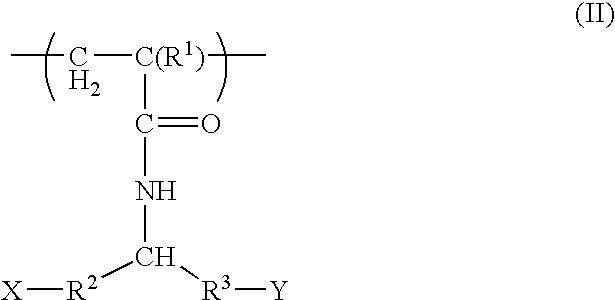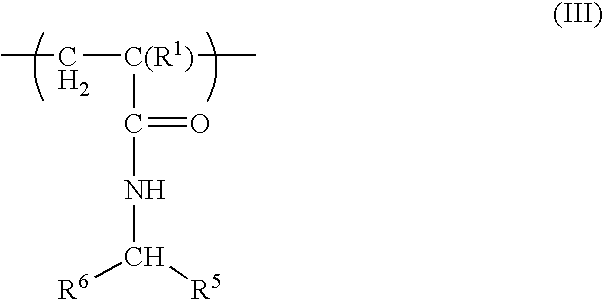Postpartum cells derived from placental tissue, and methods of making, culturing, and using the same
a placental tissue and postpartum cell technology, applied in the field of mammalian cell biology and cell culture, can solve the problems of difficult to obtain sufficient human stem cells, limited differentiation ability of stem cells, and methods of stem cell isolation from adult sources that often yield only limited quantities of cells and/or cells
- Summary
- Abstract
- Description
- Claims
- Application Information
AI Technical Summary
Benefits of technology
Problems solved by technology
Method used
Image
Examples
example 1
Derivation of Cells from Postpartum Placental Tissue
[0298] Postpartum placentas were obtained upon birth of either a full term or pre-term pregnancy. Cells were harvested from five separate donors of placental tissue. Different methods of cell isolation were tested for their ability to yield cells with: 1) the potential to differentiate into cells with different phenotypes, or 2) the potential to provide critical trophic factors useful for other cells and tissues.
Methods & Materials
[0299] Isolation of cells from placenta. Placental tissue was obtained from National Disease Research Interchange (NDRI) (Philadelphia, Pa.). The tissues were obtained from a pregnancy at the time of a normal surgical delivery. Placental cells were isolated aseptically in a laminar flow hood. To remove blood and debris, the tissue was washed in phosphate buffered saline (PBS; Invitrogen, Carlsbad, Calif.) in the presence of 100 Units / milliliter penicillin, 100 micrograms / milliliter streptomycin, and ...
example 2
Evaluation of Growth Media for Placenta-Derived Cells
[0315] Several cell culture media were evaluated for their ability to support the growth of placenta-derived cells. The growth of placenta-derived cells in normal (20%) and low (5%) oxygen was assessed after 3 days using the MTS colorimetric assay.
[0316] Methods & Materials
[0317] Placenta-derived cells at passage 8 (P8) were seeded at 1×103 cells / well in 96 well plates in Growth medium (DMEM-low glucose (Gibco, Carlsbad Calif.), 15% (v / v) fetal bovine serum (Cat. #SH30070.03; Hyclone, Logan, Utah), 0.001% (v / v) betamercaptoethanol (Sigma, St. Louis, Mo.), 50 Units / milliliter penicillin, 50 microgram / milliliter streptomycin (Gibco). After 8 hours the medium was changed to that described in Table 2-1 and cells were incubated in normal (20%, v / v) or low (5%, v / v) oxygen at 37° C., 5% CO2 for 48 hours. MTS was added to the culture medium (CELLTITER96 AQueous One Solution Cell Proliferation Assay, Promega, Madison, Wis.) for 3 hour...
example 3
Growth of Postpartum Cells in Medium Containing D-Valine
[0325] It has been reported that medium containing D-valine instead of the normal L-valine isoform can be used to selectively inhibit the growth of fibroblast-like cells in culture (Hongpaisan (2000) Cell Biol Int. 24:1-7; Sordillo et al. (1988) Cell Biol Int Rep. 12:355-64). Experiments were performed to determine whether placenta-derived cells could grow in medium containing D-valine.
[0326] Methods & Materials
[0327] Placenta-derived cells (P3) and fibroblasts (P9) were seeded at 5×103 cells / cm2 in gelatin-coated T75 flasks (Corning, Corning, N.Y.). After 24 hours the medium was removed and the cells were washed with phosphate buffered saline (PBS) (Gibco, Carlsbad, Calif.) to remove residual medium. The medium was replaced with a Modified Growth medium (DMEM with D-valine (special order, Gibco), 15% (v / v) dialyzed fetal bovine serum (Hyclone, Logan, Utah), 0.001% (v / v) betamercaptoethanol (Sigma), 50 Units / milliliter peni...
PUM
 Login to View More
Login to View More Abstract
Description
Claims
Application Information
 Login to View More
Login to View More - R&D
- Intellectual Property
- Life Sciences
- Materials
- Tech Scout
- Unparalleled Data Quality
- Higher Quality Content
- 60% Fewer Hallucinations
Browse by: Latest US Patents, China's latest patents, Technical Efficacy Thesaurus, Application Domain, Technology Topic, Popular Technical Reports.
© 2025 PatSnap. All rights reserved.Legal|Privacy policy|Modern Slavery Act Transparency Statement|Sitemap|About US| Contact US: help@patsnap.com



